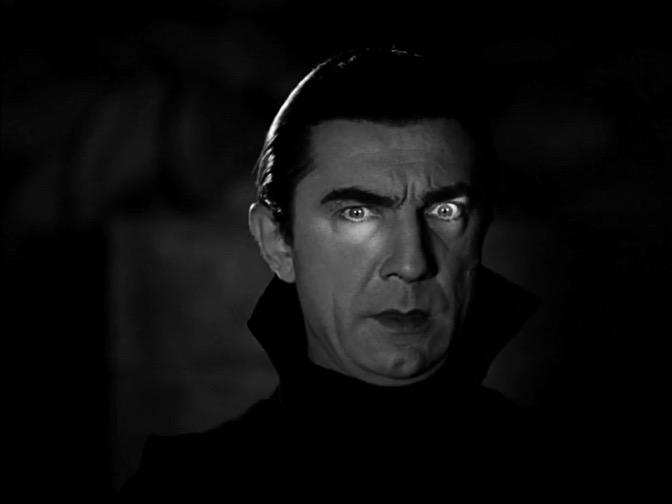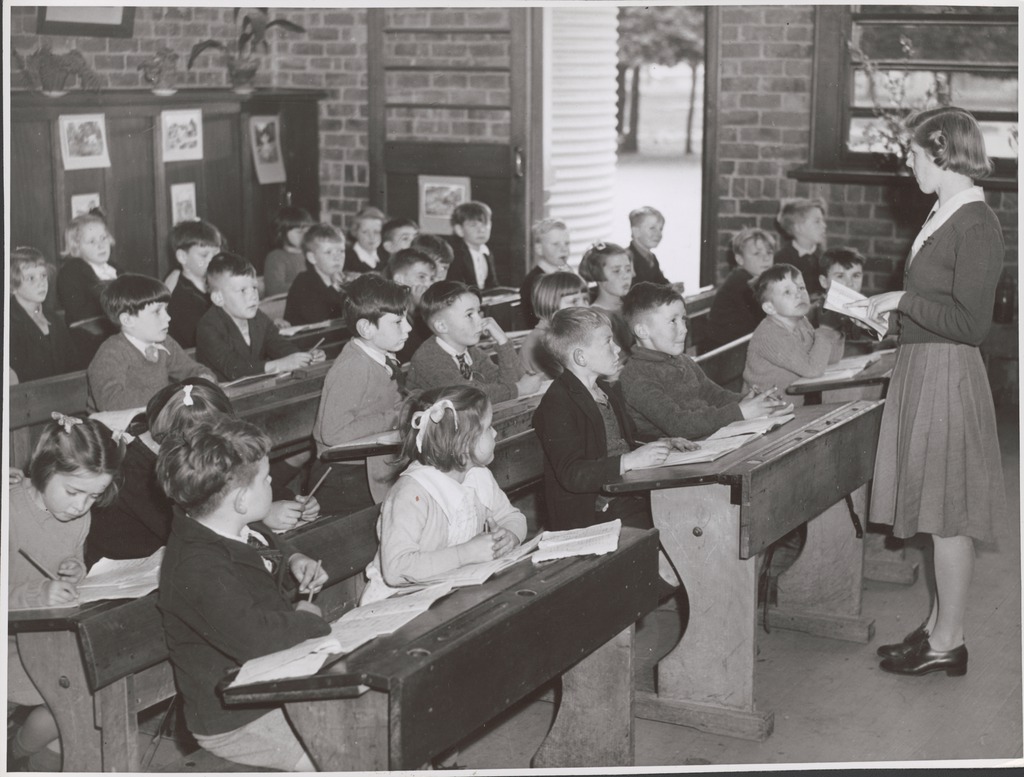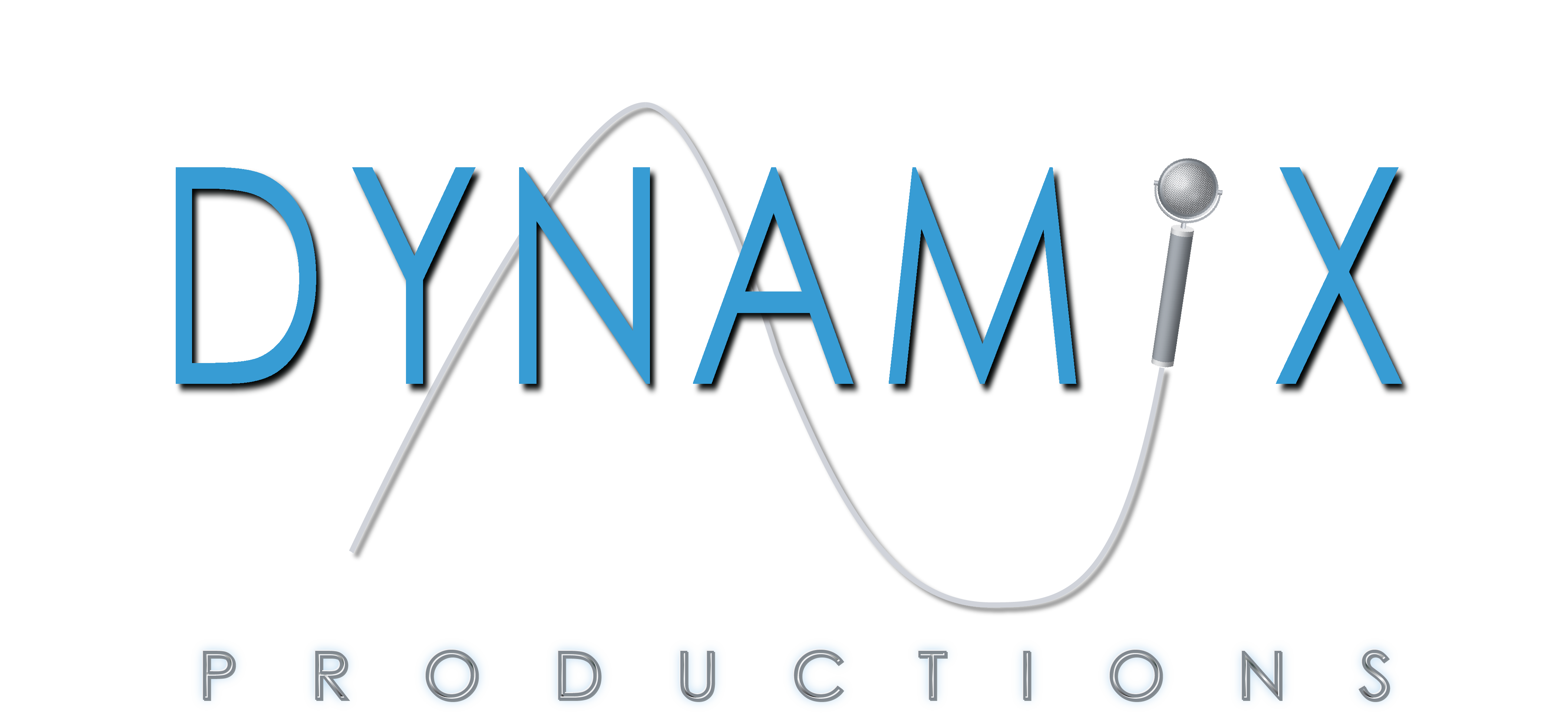Sep 27, 2022 11:56 AM Filed in:
History
Halloween is just around the corner. I know this because the decorations started showing up on people's houses in August, or was it July? Those pumpkins and ghoulish displays remind us that October is a great month to watch a horror movie after a day of raking the leaves, putting away the deck furniture, and burying bodies behind the garage...
Just kidding.
Maybe.
Filmmakers have been trying to scare the wits out of us since the dawn of cinema. The earliest known horror film was 1896's "The House of the Devil." There were many more great horror films of the silent film era, like "Frankenstein" (1910), "Dr. Jekyll and Mr. Hyde" (1908 & 1920), "The Hunchback of Notre Dame" (1923), "The Monster" (1925), and "The Phantom of the Opera" (1925). The special effects and makeup on some of these films were groundbreaking, but there was one missing element that could scare the bejeezus out of audiences - sound.
The period from about 1926 to 1931 was a huge transition for cinema as silent films gave way to "talkies." There wasn't a sudden shift for movie houses from organ and piano players to amplified sound because installing sound equipment was a major investment. So, many continued to play silent films until dwindling audiences forced them to upgrade. Amplification in movie theaters was a new technical field, and many early sound systems lacked fidelity and loudness that are commonplace today. Further slowing down the transition was the difficulty and lack of a universal method of synchronizing sound to picture.
It seems completely natural to us today, but audiences in the late 1920s did not instantly acclimate to hearing actors speak on screen. Many felt the actors to be "bloodless," unrealistic, and contrived. Much of this was due to sound synchronization problems that became very evident during closeups. The voices of the actors also sounded disembodied, partially from low-tech sound systems, and partially from adjusting to the nascent idea of marrying sound with picture. Today we take foundational basics of cinema for granted, such as jump cuts, cutaways, and cut-in edits. But movie-going audiences usually need time to adapt when a new technique or technology is introduced.
Horror movie producers during this silent-to-sound transition period took advantage of the uneasiness that audiences were experiencing in adjusting to voices coming from the screen. In 1931's "Dracula," Bela Lugosi's appearance, diction, and voice seemed otherworldly to the former silent film watchers. The film also uses to great effect the one thing that movie studios were shunning – silence. At the time, using silence had tremendous impact when it was juxtaposed against other sounds in the film, especially non-linear sounds that were intended to jar the audience. Examples of non-linear sounds include the howling wolves in "Dracula" or the violin stabs of the shower scene in "Psycho." Humans react negatively to sounds of distress, and when a soundtrack is built up (or left silent) to present a non-linear sound, the effect can hit hard. Though "Dracula" may be considered a campy horror film today, its impact on the industry was profound. It can be viewed as a working experiment in cinema sound that informed future horror film directors about what works, and what needs more work.
"Frankenstein," also from 1931, has had a considerably longer shelf life than "Dracula." The famous scene where Dr. Frankenstein's monster first comes alive has compelling lightning and electrical sound effects. It's a very dynamic scene that lacks music but still works today, even with modern cinematic production sensibilities. As Dr. Jeckyll drinks his concoction and hallucinates in 1931's "Dr. Jeckyll and Mr. Hyde," dissonant music and eerie voices magnify the tension as he transforms. This technique has been copied again and again throughout cinema history.
During the silent-to-sound transition period audiences were very enthusiastic about the new technology, so they had a heightened sense of awareness to soundtracks. This played right into the hands of horror film producers who understood the newfound significance of sound in their films. When we watch some of their horror movies today, the impact they had on contemporaneous audiences is sometimes lost on us because production techniques that were cutting-edge at the time have become either standard or cliché. And that's a shame. My parents were growing up during the 1930s and 40s, and they considered some of these movies as gold standards of the genre.
The horror movie genre has gone through many phases in the last century – lows and highs – and yet keeps pushing boundaries as new technologies emerge. It's our generation's turn to experience a new bleeding edge of cinema – virtual reality – in both visual and sound. As we tremble and scream at even more realistic monsters in the VR world, we owe it to Dracula, Frankenstein, and Dr. Jeckyll (let's not forget Mr. Hyde) to acknowledge how much impact they had on a genre of cinema that continues to reinvent itself.
Classic horror movie clips
Dracula, 1931
Frankenstein, 1931
Dr. Jeckyll and Mr. Hyde, 1931
The Mummy, 1932
White Zombie, 1932
The Mystery of the Wax Museum, 1933Tags: Vampire, Horror, Dracula, Bela Lugosi, Frankenstein, Silent film, Talkies, mummy, Creepy




